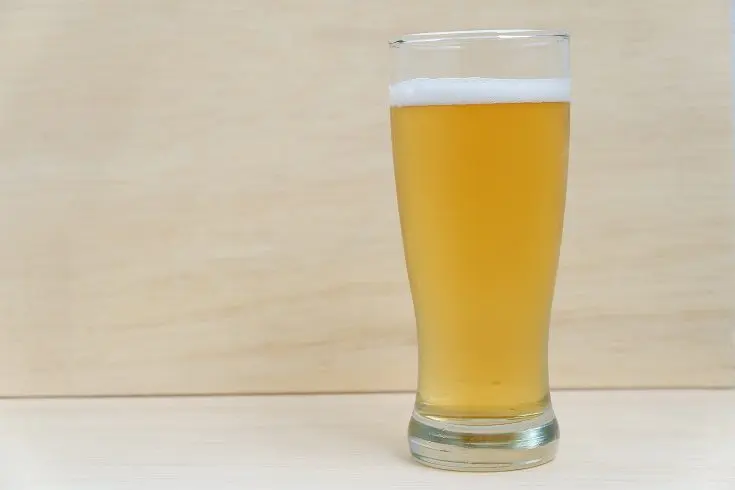Heavily carbonated without a pronounced taste. Served cold, very refreshing in the heat. There are almost no malt or hop notes in the bouquet, light floral and herbal nuances are allowed. The best definition of aroma is sweetish, grainy. Fermentation is pure camp. A small amount of dimethyl sulfide is allowed.
Color – light yellow, almost transparent. A foam cap is available but not required. The taste is watery, neutral, with a sweetish grainy (most often corn) flavor. Very rarely bitter. Due to the high carbonation, it slightly pinches the tongue.
It is considered the most popular classical style. A distinctive feature is the absolute neutrality and lack of expression of taste.
Introduced in the 1940s by Coors, the style was taken over by Rheingold in 1967, but the American light lager only became popular in 1973 with Miller Brewing’s low-calorie advertising campaign. In the 1990s, the style became the market leader.
The production uses two- or six-row barley and up to 40% unmalted grain, sometimes additional enzymes are added to further lighten the body of the drink.
American light lager contains fewer calories and degrees than regular American lager. The style can be compared to leichtbier, but the taste is less hoppy.

Strength: 2.8-4.2%.
Density: initial 0.998-1008, final 0.998-1.008.
Bitterness Index: 8-12 IBU.
Color: 2-3 SRM.









